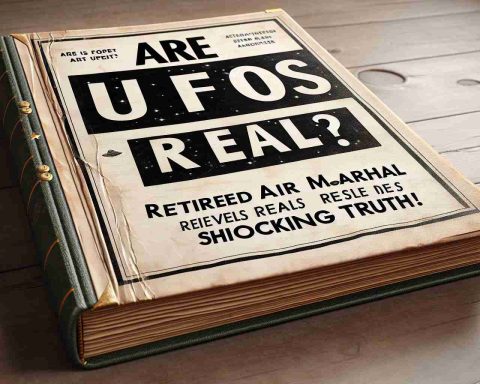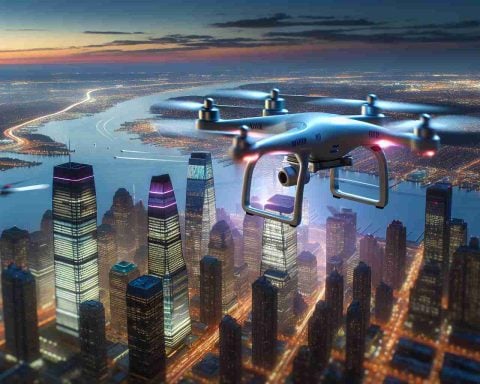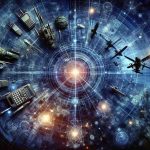Unprecedented Vehicle Losses for Russia in Ukraine
Reports indicate that Russian President Vladimir Putin has encountered staggering setbacks in the ongoing conflict in Ukraine. In the past year alone, over 3,600 Russian tanks have been reported as either destroyed or damaged, revealing significant vulnerabilities in Putin’s military strategy.
According to the Institute for the Study of War (ISW), Ukrainian forces are believed to have inflicted even greater damage, impacting nearly 9,000 armored vehicles in a span of just one year. Data from the Ukrainian military illustrates the extent of losses faced by Russia’s invasion forces: from January 2024 to January 2025, they lost 3,689 tanks, 8,956 infantry fighting vehicles, 13,050 artillery systems, and 407 air defense units.
In a concentrated effort in Donetsk Oblast during late 2024, Russian forces reportedly lost at least 197 tanks and hundreds of other armored vehicles. Increased mechanized operations in the western front resulted in considerable vehicle losses during mid-2024, demonstrating the unsustainable pace of losses for Russia.
Experts express concern that Russia’s current production capabilities, estimated at 250-300 new or refurbished tanks per year, cannot match the staggering loss rate. Despite still holding a portion of their Soviet-era stockpiles, the viability of maintaining operational effectiveness amid such drastic losses appears increasingly bleak. Current estimates suggest that sustaining a nearly 9,000 annual loss rate is implausible through 2025, leading to deeper implications for Russia’s military capabilities moving forward.
Russia’s Military Future in Jeopardy: Analyzing the Devastating Vehicle Losses in Ukraine
Overview of Vehicle Losses in the Ukraine Conflict
The invasion of Ukraine by Russia, initiated in early 2022, has led to unprecedented losses for the Russian military, particularly in terms of armored vehicle casualties. As of early 2025, reports indicate that over 3,600 Russian tanks have been destroyed or damaged, marking a critical vulnerability in Russia’s military planning and execution.
Detailed Loss Statistics
The Institute for the Study of War (ISW) provides insight into the staggering impact of the conflict on Russian armored units. From January 2024 to January 2025, the Russian armed forces suffered significant losses, including:
– 3,689 tanks
– 8,956 infantry fighting vehicles
– 13,050 artillery systems
– 407 air defense units
These numbers not only highlight the immediate tactical challenges faced by Russian forces but also raise questions about their overall military sustainability.
Regional Focus: Donetsk Oblast
In late 2024, a concentrated offensive in Donetsk Oblast revealed some of the heaviest losses for Russian forces. Reports indicate that they lost at least 197 tanks and hundreds of other armored vehicles, showcasing the intense confrontations between Russian and Ukrainian forces in this region. This trend of significant vehicle losses persisted as mechanized operations intensified along the western front.
Production vs. Loss Rates: A Critical Imbalance
Experts are increasingly concerned about the imbalance between Russia’s production capabilities and its battlefield losses. Current estimates suggest that Russia is capable of producing or refurbishing only 250-300 tanks per year. This production rate falls considerably short of what would be required to offset the vast and mounting losses on the frontlines.
Prospects for the Russian Military
With the loss rate currently approaching nearly 9,000 vehicles annually, predictions for the Russian military’s future capabilities are grim. Even with existing Soviet-era stockpiles, the feasibility of maintaining a functional and effective military presence in Ukraine seems unlikely under current conditions.
Trends and Implications
The ongoing conflict signals a potential need for strategic reevaluation within the Russian military hierarchy. The implications extend beyond immediate military tactics; they encompass broader geopolitical stability and the potential need for military reform.
Conclusion
With each passing month, the situation for Russian military forces in Ukraine appears increasingly critical. The scale of losses presents deep challenges not only to operational effectiveness but also to the future capacity of the Russian military to respond to continued conflict. Sustaining military readiness under these conditions will likely require significant changes in production, strategy, and warfare tactics.
For further information, visit Institute for the Study of War.



















